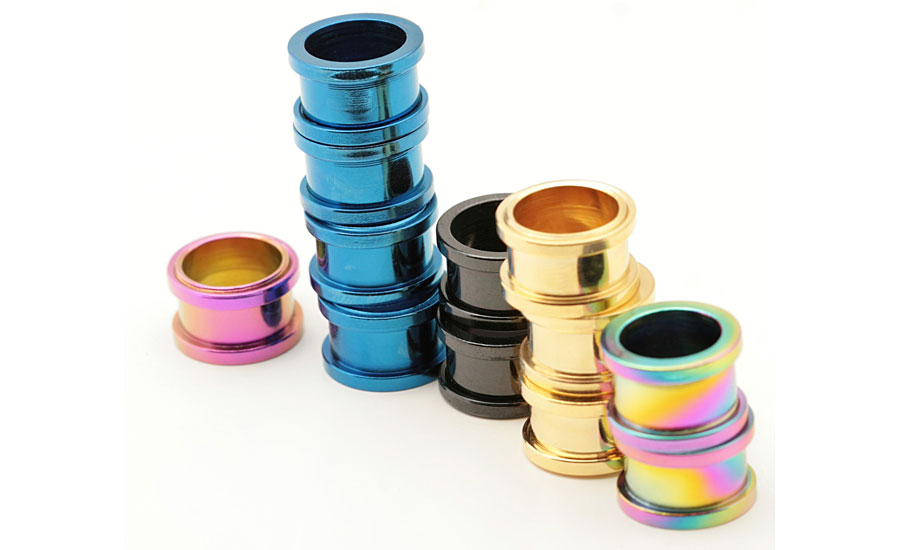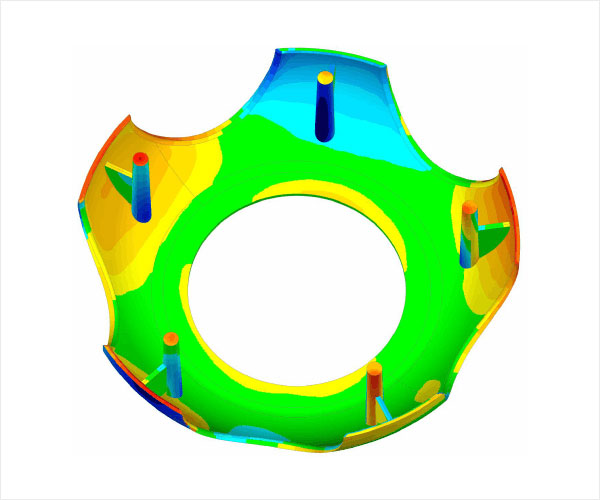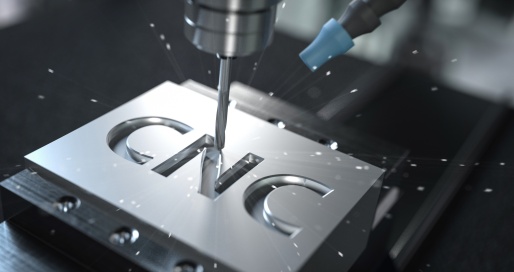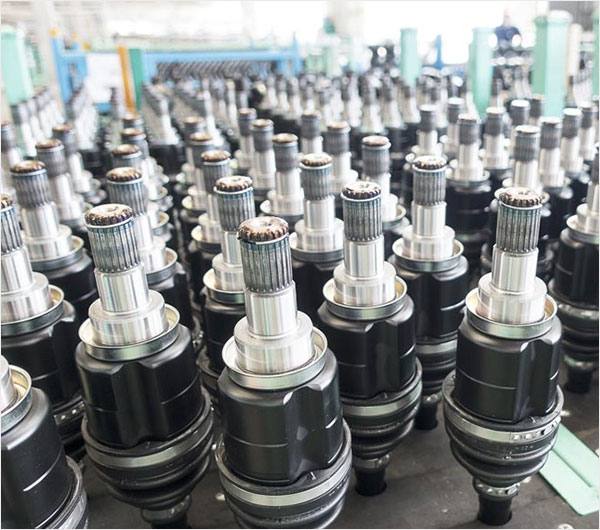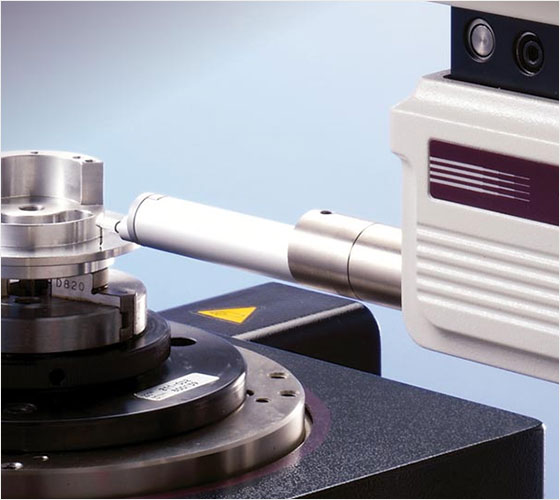Introduction
Hey there! Ever heard of anodizing? It’s like this cool makeover that turns regular metal into something pretty awesome. Picture it as a special process that not only makes metal tougher but also gives it a bunch of cool colors and makes it more resistant to things like rust. We’re entering the world of this at this beginning, exploring its basic principles as well as how it means a lot to many entities. So, get ready to explore the awesome side of it, where metals get a kind of magical upgrade for better looks and performance! Whether it’s adding a vibrant touch to your favorite gadgets or making industrial materials more durable, this is like a superhero makeover for metal. Join me on this journey as we uncover the secrets behind this process and find out how it’s shaping the way we see and use metals every day.
What is anodizing
Anodizing is a sophisticated surface treatment process predominantly employed on metals, with aluminum being a primary candidate. This specialized technique involves the formation of a robust oxide layer on the metal surface through an electrochemical process. This resulting layer, commonly referred to as an anodic oxide finish, imparts several advantageous properties to the material. Notably, it enhances the metal’s resistance to corrosion, significantly improves its durability, and provides an avenue for introducing a spectrum of vibrant colors. Supplying a voltage when soaking the metal in an electrolyte solution is the anodize procedure. This electrical stimulation prompts the formation of an oxide layer on the metal’s surface, fundamentally altering its inherent properties. Anodized metals have found widespread applications across diverse industries, ranging from the sleek casings of consumer electronics to the architectural elements of modern structures. The appeal of anodized metals lies in their improved aesthetic qualities, heightened resistance to corrosion, and augmented wear resistance, making them integral components in various manufacturing and design scenarios.
What is the importance of anodizing?
It is like a superhero move for metal, especially aluminum! It’s super important because it makes metal way tougher and more resistant to things like rust. Imagine putting on a shield that keeps metal safe from the environment. This process not only makes metal stronger but also lets us give it cool colors, making it look awesome. So, it is like giving metal superpowers—it lasts longer, needs less fixing up, and can even be recycled easily. That’s why it’s a big deal to make things like cool buildings and gadgets that last a long time and still look great! Whether it’s the sleek phone in your pocket or the modern buildings in the city, it plays a vital role in making everyday things sturdy and stylish. So, the next time you see something shiny and colorful, you might just be looking at the result of the awesome superhero move called anodizing!
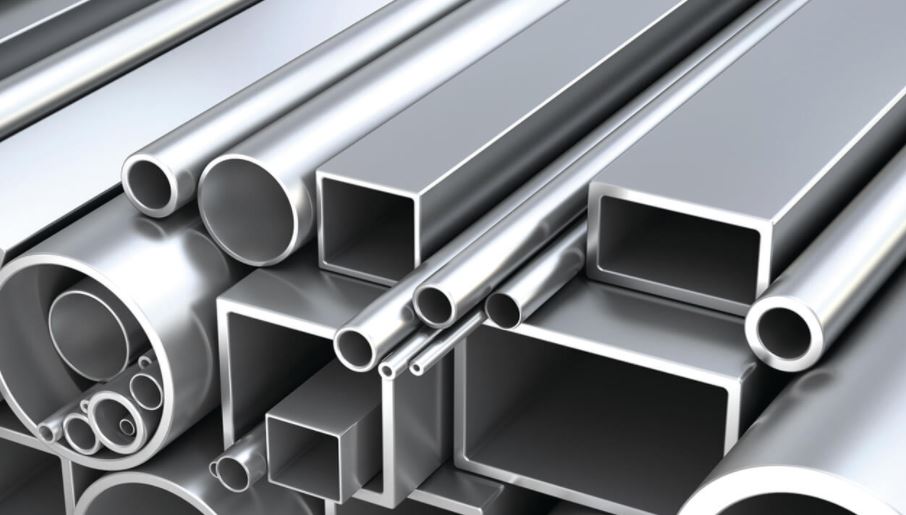
Types of Anodizing
Chromic Acid Anodizing (CAA): This process uses chromic acid and is often referred to as ‘clear anodizing.’ It results in a thinner and softer oxide layer, primarily used for corrosion resistance, without significant changes to the metal’s appearance.
Sulfuric Acid Anodizing (SAA): The method, sometimes known as “clear anodizing,” involves employing chromic acid. It produces a thicker and more durable oxide layer, providing enhanced corrosion resistance and allowing for the introduction of various colors through dyeing.
Hard Anodizing: This process, typically done with sulfuric acid, produces a thicker and harder oxide layer than regular sulfuric acid anodizing. Hard anodizing improves wear resistance and is often used in applications requiring a durable surface.
Boric-Sulfuric Acid Anodizing: This variant of sulfuric acid anodizing incorporates boric acid, resulting in a more transparent oxide layer. It is commonly used for optical applications.
Phosphoric Acid Anodizing (PAA): It is used for preparing surfaces for adhesive bonding, as it creates a thin and porous oxide layer that promotes bonding.
Mixed Acid Anodizing (MAA): Combining different acids, like sulfuric and chromic acids, creates mixed acid anodizing. It aims to achieve specific properties, such as improved fatigue resistance.
How to learn more about Anodizing
If you’re keen on diving into the world of anodizing and want to learn without getting lost in jargon, you’ve got to check out Junying’s website! From easy-to-follow guides to interesting articles, they’ve covered everything about it. Whether you’re curious about the basics, want to learn some cool tricks, or want to explore where it is used, Junying’s website is the place to go. It’s super easy to navigate, and they keep it fresh with new and exciting information. So, if you’re up for a fun and informative ride into this world, Junying’s website is where you want to be!
FAQs
Why is anodizing done?
The primary purposes of this are to increase corrosion resistance, improve durability, and offer aesthetic options by introducing various colors to the metal surface.
Does it affect the weight of the metal?
It adds a thin layer to the metal’s surface, so the weight change is minimal and generally negligible.
Can anodized metal be painted?
Yes, anodized metal can be painted, but proper surface preparation is essential for paint adhesion. It can also serve as a base for other coatings.
Is anodizing environmentally friendly?
It is considered environmentally friendly as it is a controlled process that does not involve heavy metals or produce harmful by-products. The resulting anodized metal is also recyclable.
Does it affect the conductivity of metals?
The thin oxide layer formed during it does impact electrical conductivity to a small extent. However, special types of this aim to minimize this impact for applications requiring high conductivity.
Conclusion
In conclusion, what is anodizing? It’s a transformative process that goes beyond surface beauty, enhancing metal properties and ensuring longevity. From aerospace marvels to everyday items, this has become an integral part of modern manufacturing, revolutionizing the way we perceive and use metals.



